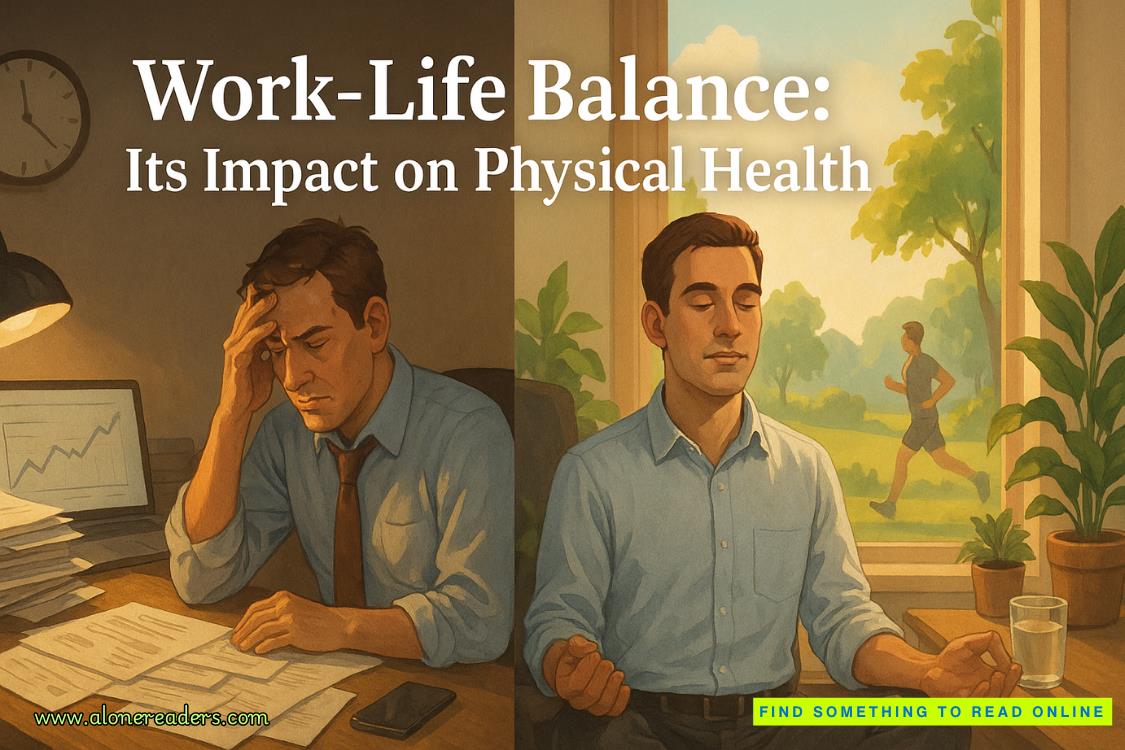A montage of images materialized—a tornado vortex, a snowflake, a rippled riverbed, a quartz crystal, the rings of Saturn.
“As you can see, sometimes the universe does organize matter—which seems to be the exact opposite of entropy.” Edmond sighed. “So which is it? Does the universe prefer order? Or chaos?”
Edmond reappeared, now walking down a pathway toward the famed dome of Massachusetts Institute of Technology. “According to most physicists, the answer is chaos. Entropy is indeed king, and the universe is constantly disintegrating toward disorder. Kind of a depressing message.” Edmond paused and turned with a grin. “But today I’ve come to meet the bright young physicist who believes there is a twist … a twist that may hold the key to how life began.”
Jeremy England?
Langdon was startled to recognize the name of the physicist Edmond was now describing. The thirtysomething MIT professor was currently the toast of Boston academia, having caused a global stir in a new field called quantum biology.
Coincidentally, Jeremy England and Robert Langdon shared the same prep school alma mater—Phillips Exeter Academy—and Langdon had first learned of the young physicist in the school’s alumni magazine, in an article titled “Dissipation-Driven Adaptive Organization.” Although Langdon had only skimmed the story and barely understood it, he recalled being intrigued to learn that his fellow “Exie” was both a brilliant physicist and also deeply religious—an Orthodox Jew.
Langdon began to understand why Edmond had been so interested in England’s work.
On-screen, another man appeared, identified as NYU physicist Alexander Grosberg. “Our big hope,” Grosberg said, “is that Jeremy England has identified the underlying physical principle driving the origin and evolution of life.”
Langdon sat up a bit straighter upon hearing that, as did Ambra.
Another face appeared. “If England can demonstrate his theory to be true,” said Pulitzer Prize–winning historian Edward J. Larson, “his name would be remembered forever. He could be the next Darwin.”
My God. Langdon had known Jeremy England was making waves, but this sounded more like tsunamis.
Carl Franck, a physicist from Cornell, added, “Every thirty years or so we experience these gigantic steps forward … and this might be it.”
A series of headlines flashed across the screen in rapid succession:
“MEET THE SCIENTIST WHO COULD DISPROVE GOD”
“CRUSHING CREATIONISM”
“THANKS, GOD—BUT WE DON’T NEED YOUR HELP ANYMORE”
The list of headlines continued, joined now by snippets from major scientific journals, all of which seemed to proclaim the same message: if Jeremy England could prove his new theory, the implications would be earth-shattering—not just for science but for religion as well.
Langdon eyed the final headline on the wall—from the online magazine Salon, January 3, 2015.
“GOD IS ON THE ROPES: THE BRILLIANT NEW SCIENCE THAT HAS CREATIONISTS AND THE CHRISTIAN RIGHT TERRIFIED.”
A Young MIT Professor Is Finishing Darwin’s Task—and Threatening to Undo Everything the Wacky Right Holds Dear.
The screen refreshed, and Edmond reappeared, striding purposefully along the hallway of a university science facility. “So what is this gigantic step forward that has so terrified Creationists?”
Edmond beamed as he paused outside a door marked: ENGLAND [email protected].
“Let’s go inside—and ask the man himself.”
CHAPTER 93
THE YOUNG MAN who now appeared on Edmond’s display wall was physicist Jeremy England. He was tall and very thin, with an unkempt beard and a quietly bemused smile. He stood before a blackboard filled with mathematical equations.
“First,” England said, his tone friendly and unassuming, “let me just say that this theory is not proven, it’s just an idea.” He gave a modest shrug. “Although, I admit, if we can ever prove that it’s true, the implications are far-reaching.”
For the next three minutes, the physicist outlined his new idea, which—like most paradigm-altering concepts—was unexpectedly simple.
Jeremy England’s theory, if Langdon understood it correctly, was that the universe functioned with a singular directive. One goal.
To spread energy.
In the simplest terms, when the universe found areas of focused energy, it spread that energy out. The classic example, as Kirsch had mentioned, was the cup of hot coffee on the counter; it always cooled, dispersing its heat to the other molecules in the room in accordance with the Second Law of Thermodynamics.
Langdon suddenly understood why Edmond had asked him about the world’s Creation myths—all of which contained imagery of energy and light spreading out infinitely and illuminating the darkness.
England believed that there was a twist, however, which related to how the universe spread energy.
“We know the universe promotes entropy and disorder,” England said, “so we may be surprised to see so many examples of molecules organizing themselves.”
On the screen, several images that had appeared earlier now returned—a tornado vortex, a rippled riverbed, a snowflake.
“All of these,” England said, “are examples of ‘dissipative structures’—collections of molecules that have arranged themselves in structures that help a system disperse its energy more efficiently.”
England quickly illustrated how tornadoes were nature’s way of dispelling a concentrated area of high pressure by converting it into a rotational force that eventually exhausted itself. The same held true for rippled riverbeds, which intercepted the energy of fast-moving currents and dissipated it. Snowflakes dispersed the sun’s energy by forming multifaceted structures that reflected light chaotically outward in all directions.















